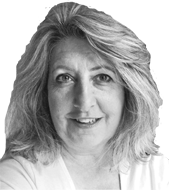“NOBODY wants hardship anymore.” It’s one of those telling remarks, about the perception that fewer people are prepared to work all hours in all weathers, that often surfaces in conversations with people in the horse and farming worlds.
Working hard was second nature to Sean Maher, the man whose name also kept cropping up last August at the North Tipperary Show, hosted at his grandson David’s Roscrea Equestrian Centre. It seemed like everyone had a story about Sean that day.


 This is a subscriber-only article
This is a subscriber-only article
 It looks like you're browsing in private mode
It looks like you're browsing in private mode





SHARING OPTIONS: